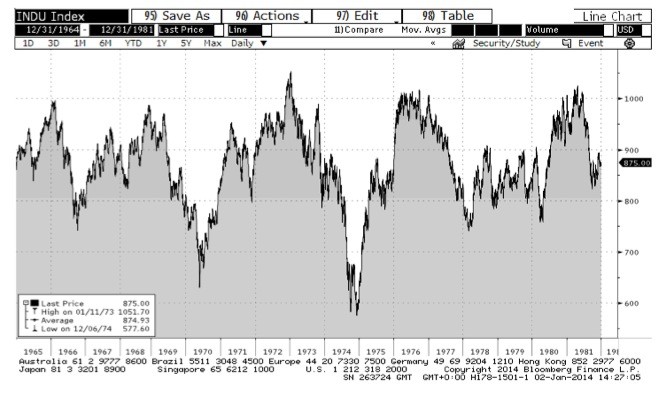
January 7, 2014
Sovereign Valley Farm, Chile
Later this year, Google will celebrate its 10th anniversary as a publicly-traded company. And the conventional wisdom is that GOOG has been one of the best performing investments of the last decade.
If you had invested $85 in the Google IPO back in 2004, your investment would be worth over $1,100 today… a 13x return.
Over the same period, the S&P 500 has returned just 66%. And if you had taken the plunge into US Treasuries back in 2004, you would have been paid 4.15% per annum for the last ten years.
In light of all this, Google’s stock performance has been undoubtedly stellar.
But there’s an entirely different asset class that few people ever consider which has beaten the pants off of Google’s long-term performance. It’s agriculture. 
I thought about this yesterday as I was walking around the orchard here picking fresh, ripe plums off the tree. We’ll be starting our harvest soon, and the workers are getting everything ready.
The average plum tree can easily produce over 100 pounds of fruit, starting a few years after you put a well-developed seedling in the ground.
And even on a standard-sized residential lot, you can plant 20+ fruit trees.
Assuming a long-term average price of just $0.50 per pound and a 2004 plant price of $4, investing $85 in plum trees 10-years ago instead of Google stock would have yielded well over $6,000 so far.
Even if you’re not a Do-it-yourselfer and allow for harvest costs, loss, pruning, water, and other expenses, you’d still be up more than GOOG. Plus you’d still be grossing $1,000 per year… not to mention the increase in your home’s market value.
More importantly, you would be owning (and producing) REAL assets instead of paper assets– something that can be traded, sold, stored, or if need be, eaten.
And best of all, you wouldn’t have had Ben Bernanke and his central banking ilk as your silent partner for the past decade, manipulating stock prices and causing asset bubbles.
The soon-departing Mr. Bernanke may be the all-powerful grand wizard of financial markets, but he has absolutely no bearing on the fruit production of well-maintainined trees in your backyard.
It’s not just plums, either. Or even fruit trees for that matter.

You could have bought $85 worth of organic tomato seeds in 2004 and grown thousands of dollars worth of organic tomatos over the last decade from your backyard.
Of course, this sort of notion makes most serious investors laugh. They can’t think past their own noses and only know how to follow the investment herd off the proverbial cliff.
And while this missive isn’t intended to convince our astute readers to rush out and plant trees, it’s at least worth pointing out that there are always profitable options far from the mainstream investment mentality.
More to follow on this soon.
from SOVErEIGN MAN http://www.sovereignman.com/trends/this-surprise-investment-has-outperformed-google-for-the-past-10-years-13364/
via IFTTT








